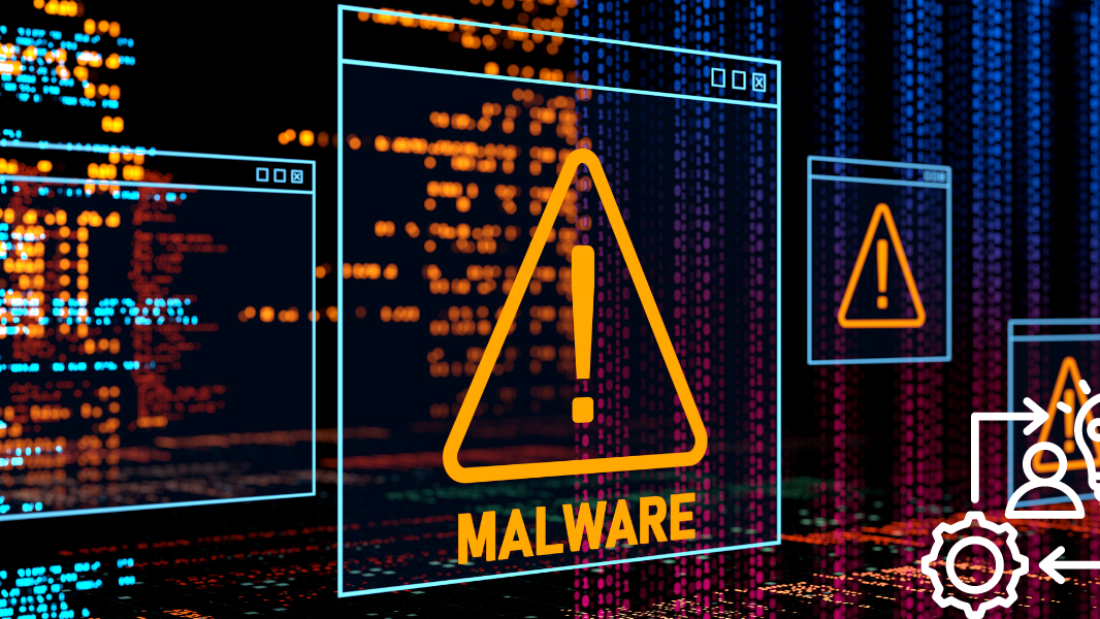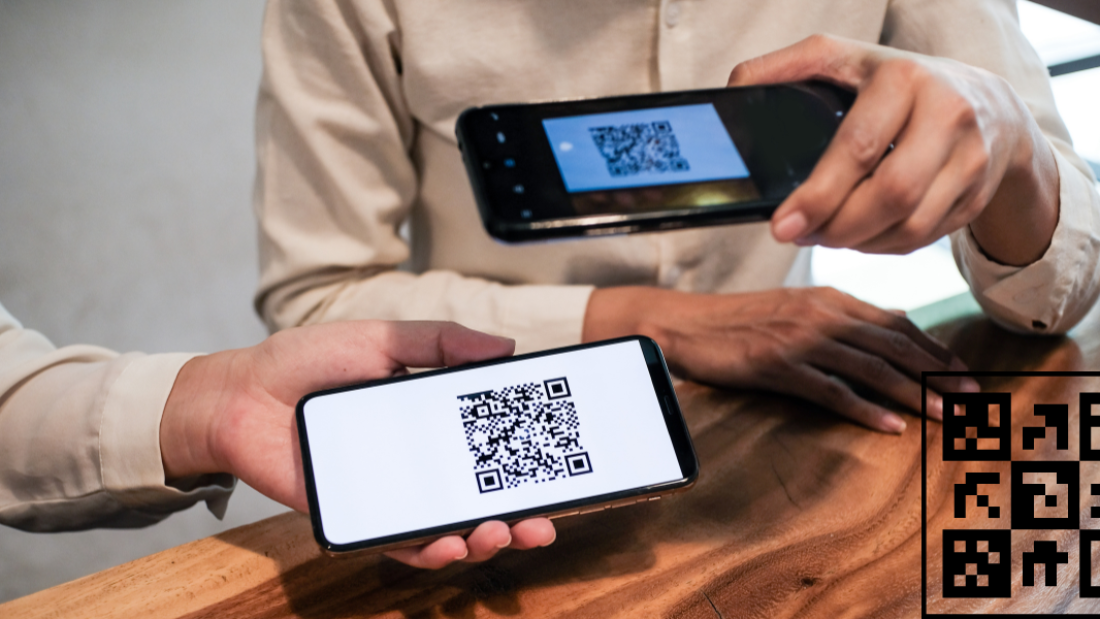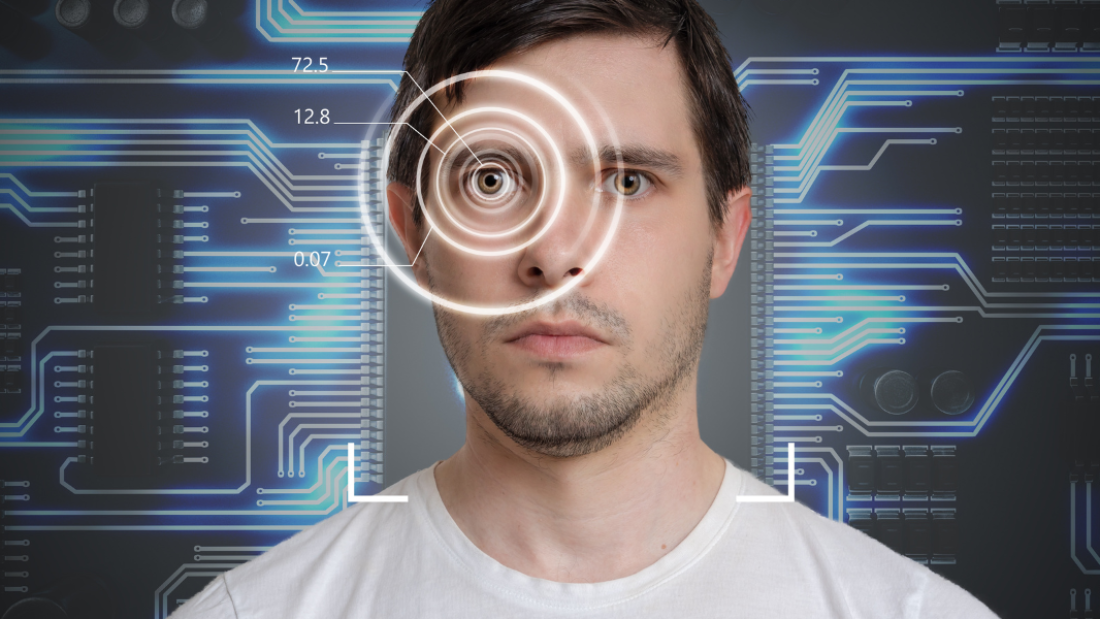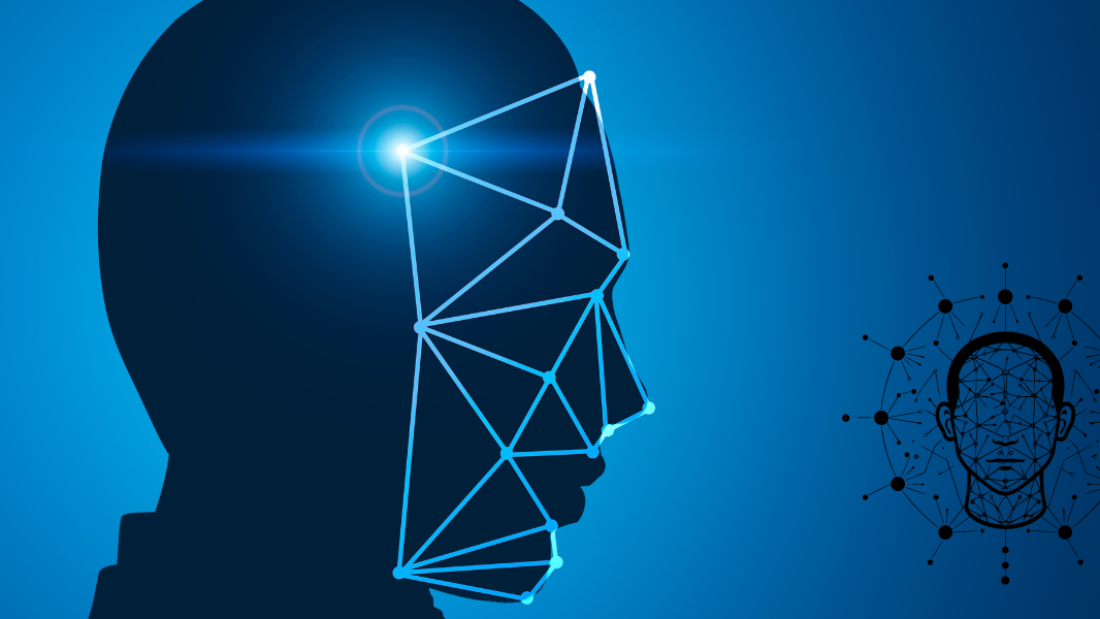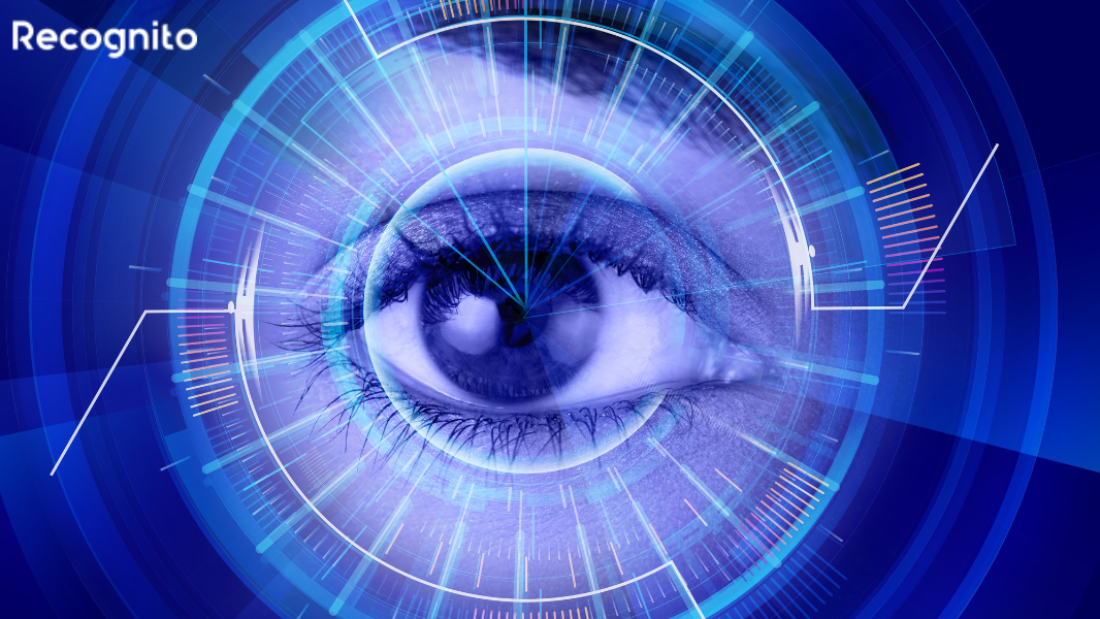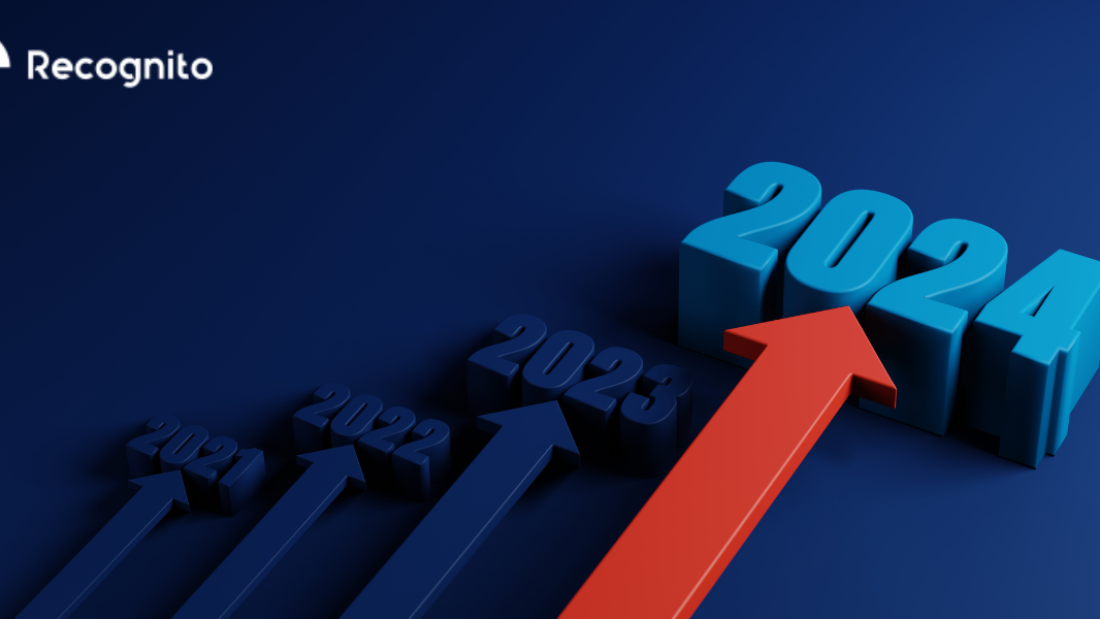Face liveness detection, a cutting-edge technology in biometric security, ensures that the individual accessing a system is live and present during authentication. By analyzing facial movements and features using face detection and computer vision, this innovative solution significantly enhances security measures against spoofing attacks with fake faces. With the rise of cyber threats and identity fraud, face liveness detection using biometric authentication stands as a crucial safeguard for personal and sensitive data. As organizations prioritize data protection, user verification, and biometric authentication, integrating face liveness detection using computer vision into their systems becomes imperative. This technology not only bolsters security but also streamlines user experience by offering a seamless and efficient authentication process. Stay ahead of evolving security challenges with the robust protection provided by face liveness detection using biometric authentication, computer vision, deep learning, and data augmentation.
Understanding Liveness Detection
Definition
Liveness detection is a technology that ensures the authenticity of a face by verifying if it belongs to a live person using biometric authentication. It distinguishes between a real face and a spoofed image or video using computer vision and deep learning.
Liveness detection plays a crucial role in biometric authentication systems, enhancing security by adding an extra layer of verification. By requiring users to prove they are physically present during the authentication process, it significantly reduces the risk of unauthorized access.
Difference from Traditional Facial Recognition
Liveness detection differs from traditional facial recognition in its approach towards verifying identity. While facial recognition matches a face to an existing dataset for identification purposes, liveness detection, using deep learning, focuses on determining if the face is live and not a static image or video.
Traditional Facial Recognition
Matches faces against stored templates
Identifies individuals based on facial features
Vulnerable to spoofing attacks using photos or videos
Liveness Detection
Verifies the presence of a live person
Utilizes techniques like eye movement detection or 3D depth analysis
Prevents unauthorized access through spoofed images or videos
Importance in Security Systems
In modern security systems, liveness detection serves as a critical tool for preventing fraudulent activities. By incorporating this technology, organizations can ensure that only genuine users are granted access to sensitive information or secure locations.
Active liveness detection involves user interaction during the authentication process, such as blinking or moving the head. On the other hand, passive liveness detection analyzes facial movements without requiring explicit user actions.
Advancements in Liveness Detection Technology
With the evolution of liveness detection technology, advanced algorithms have been developed to enhance accuracy and reliability. These algorithms can detect subtle facial movements or changes that are difficult to replicate in fake images or videos.
Hybrid liveness detection combines multiple methods for more robust verification.
Liveness detection systems now offer diverse solutions tailored to specific needs, such as financial transactions or access control.
The integration of liveness detection APIs allows developers to easily incorporate this feature into their applications.
Benefits of Liveness Detection
The benefits of liveness detection extend beyond security enhancements. By ensuring that only live faces are authenticated, organizations can prevent fraud, protect user privacy, and maintain the integrity of their systems.
Enhanced security measures
Reduced risk of unauthorized access
Improved user experience with seamless and reliable authentication processes
Importance of Motion Detection
Types of Movements
Facial recognition systems utilize various types of movements to confirm a live presence, enhancing security measures.
Blinking: The action of blinking one’s eyes is a common movement used in face liveness detection to ensure the presence of a real person.
Head Movement: Tilting or nodding the head in different directions helps verify the authenticity of the user, making it harder for unauthorized users to spoof the system.
Enhancing Reliability
Motion detection plays a crucial role in enhancing the reliability of facial recognition systems by adding an extra layer of security. Facial recognition algorithms rely on detecting specific movements, such as blinking or head tilts, to distinguish between a live individual and a static image or video recording. This dynamic verification process significantly reduces the risk of spoofing attacks.
Preventing Spoofing Attacks
The necessity of motion detection in face liveness detection lies in its ability to prevent spoofing attacks effectively.
Distinguishing Real Faces from Static Images
Techniques Used
Face liveness detection utilizes various techniques to differentiate between real faces and photographs. One common method is analyzing the subtle movements that occur naturally in live faces, such as blinking or slight head movements. Another technique involves assessing the consistency of facial features over time, which is typically more pronounced in real faces compared to static images.
Significance of Texture Analysis
Texture analysis, including lines, plays a crucial role in recognizing live faces. By examining the unique texture patterns present on a person’s skin, face liveness detection algorithms can determine whether a face is real or a fake representation. This analysis helps in identifying minute details that are difficult to replicate in static images, such as pores, wrinkles, or imperfections on the skin.
Depth Perception Assessment
Depth perception is a key aspect used to assess the authenticity of a face in face recognition systems. By evaluating the three-dimensional structure of a face, including the distance between different facial features and their relative positions, facial recognition technologies can distinguish between a live face and a static image. This depth perception assessment adds an extra layer of security by detecting the lack of spatial depth present in deepfake images.
Enhancing Security and Reducing Spoofing
Identity Verification
Face liveness detection plays a crucial role in enhancing security by minimizing risks associated with identity theft. By requiring users to perform real-time actions like blinking or smiling, this technology effectively distinguishes between live faces and spoofed images. This ensures that only legitimate users can gain access, reducing the chances of unauthorized access and fraud.
Fraud Prevention
In various sectors such as banking, e-commerce, and government services, liveness detection has significantly impacted fraud prevention measures. By adding an extra layer of security through biometric checks, organizations can verify the authenticity of users before granting access to sensitive information or transactions. This proactive approach helps in mitigating the risks posed by biometric spoofing attacks and ensures robust security protocols are in place.
Pros:
Enhanced security measures
Reduced instances of identity theft
Improved user trust and confidence
Cons:
Initial implementation costs
User training required for seamless adoption
Case Studies
Several real-world examples demonstrate how liveness detection has successfully thwarted spoofing attempts. In the banking sector, a leading financial institution implemented face liveness technology to prevent fraudulent activities during online transactions. By incorporating spoof detection mechanisms, they were able to detect and block unauthorized access attempts, safeguarding their customers’ accounts from potential threats.
Another case study involves a government agency using liveness detection for identity verification purposes. By integrating this technology into their authentication processes, they were able to combat biometric spoofing threats effectively. This resulted in a significant reduction in fraudulent activities related to identity theft and ensured secure access to critical government services.
Banking Sector:
Implemented face liveness technology
Prevented fraudulent activities during online transactions
Government Agency:
Used liveness detection for identity verification
Combat biometric spoofing threats effectively
Improving User Experience
Streamlining Authentication
Face liveness detection significantly improves user experience by streamlining authentication processes. Users can now swiftly and securely verify their identities through a simple facial scan. This seamless process eliminates the need for cumbersome passwords or additional verification steps, providing a hassle-free experience for users.
The technology ensures that only legitimate users can access sensitive information or perform transactions. By incorporating face liveness detection, platforms offer users a convenient and efficient way to interact with their accounts. This not only enhances user satisfaction but also boosts user trust in the platform’s security measures.
Balancing Security and Convenience
Implementing face liveness detection strikes a delicate balance between security measures and user convenience. While stringent security protocols are essential to protect against imposters and unauthorized access, it is equally crucial to provide users with a smooth and frictionless experience. Face liveness detection achieves this balance by offering an extra layer of security without compromising on user convenience.
Users appreciate the added security provided by face liveness detection, knowing that their personal information is safeguarded against potential threats. At the same time, they value the ease of use and quick authentication process that this technology offers. The seamless integration of security measures into the user experience ensures that users feel protected without facing unnecessary obstacles.
User Feedback on Effectiveness
User feedback on face liveness detection technologies has been overwhelmingly positive. Users appreciate the enhanced security features that protect their accounts from unauthorized access and potential fraud. The ability to quickly verify their identities through a simple facial scan has been well-received, with many users finding it more convenient than traditional authentication methods.
Moreover, users have reported feeling more confident in the security of platforms that utilize face liveness detection. Knowing that their identities are being verified in real-time adds an extra layer of assurance when accessing sensitive information or making transactions online. This positive user feedback highlights the effectiveness of face liveness detection in improving both security measures and user experience.
Versatility Across Applications
Industries
Face liveness detection finds versatile applications across various industries, enhancing security measures and user experience. Industries such as banking and healthcare benefit significantly from this technology.
Adaptability
The adaptability of face liveness detection extends to both mobile and web applications, catering to the diverse needs of users in different digital environments. Its seamless integration ensures a secure and user-friendly experience.
Emerging Trends
Emerging trends in face liveness detection highlight its evolution across different platforms, offering enhanced security features and improved user authentication processes. The technology continues to advance, providing robust solutions for various digital platforms.
Compliance with Regulatory Standards
Data Protection
Face liveness detection plays a crucial role in ensuring compliance with regulatory standards, especially in the realm of data protection. By verifying the integrity and presence of a live human being, organizations can enhance their security measures significantly.
Implementing face liveness detection technology helps organizations in meeting the stringent requirements set forth by regulations like the General Data Protection Regulation (GDPR). This regulation mandates strict guidelines for the processing of personal data, including biometric information. By integrating liveness detection into their biometric systems, companies can ensure that they are upholding the highest standards of data protection.
User Trust and Privacy
One of the key reasons why adherence to regulatory standards is essential is the importance of maintaining user trust and privacy. In today’s digital age, where concerns about data security are at an all-time high, users expect organizations to safeguard their personal information diligently.
By incorporating face liveness detection mechanisms, companies demonstrate their commitment to protecting user data and privacy. This not only helps in building a positive reputation but also fosters user trust in the organization’s services. Users are more likely to engage with platforms that prioritize their privacy and security, leading to increased customer loyalty and satisfaction.
Preventing Unauthorized Access
Face liveness detection serves as a critical control measure to prevent unauthorized access to sensitive information. By requiring users to prove their identity through real-time facial recognition, organizations can mitigate the risk of fraudulent activities and unauthorized use of biometric data.
Moreover, liveness detection adds an extra layer of security to biometric systems, reducing the likelihood of identity theft and unauthorized transactions. This proactive approach not only protects individuals’ sensitive information but also safeguards organizations from potential legal repercussions due to data breaches.
Implementation Techniques
Machine Learning
Machine learning algorithms play a crucial role in face liveness detection systems, enhancing accuracy by analyzing various facial expressions and movements. By utilizing machine learning, these systems can adapt to different scenarios and improve over time.
Implementing machine learning in liveness detection involves training algorithms on a dataset of example faces and their corresponding reflection patterns. These algorithms then identify specific signs of texture analysis or irregularities that indicate a live person.
Testing Solutions
When integrating face liveness detection into systems, thorough testing is essential to ensure its effectiveness against potential attacks. Different testing methods, such as active verification time tests and passive verification attempts, help validate the system’s robustness.
One common approach is to simulate various attack scenarios to evaluate the system’s response. By subjecting the system to different types of attacks, developers can identify vulnerabilities and strengthen the solution against potential threats.
User Education
User education is a critical aspect of implementing face liveness detection successfully. Educating users about the importance of following proper verification procedures and maintaining a secure environment can significantly enhance the system’s overall security.
During the implementation phase, it is essential to provide clear instructions to users on how to interact with the liveness detection system effectively. This includes guidance on positioning their face correctly, maintaining steady movements, and understanding the purpose of the verification process.
Closing Thoughts
In a world where security and user experience are paramount, face liveness detection emerges as a crucial technology. By distinguishing real faces from fraudulent attempts, it not only enhances security measures but also elevates user trust and satisfaction across various applications while ensuring compliance with regulatory standards. Implementing robust techniques can significantly reduce the risk of spoofing and unauthorized access, safeguarding sensitive information and personal data. Embracing face liveness detection is not just a trend but a necessity in today’s digital landscape where threats loom large.
Take charge of your security and user experience today by exploring the realm of face liveness detection. Stay ahead of potential risks, boost your application’s credibility, and provide users with a seamless and secure interaction. Your proactive approach to integrating this technology can pave the way for a safer and more reliable digital environment.
Frequently Asked Questions
What is face liveness detection?
Face liveness detection is a technology that verifies the authenticity of faces presented for biometric authentication by ensuring they are live and not static images or videos, thus enhancing security measures.
Why is understanding liveness detection important?
Understanding liveness detection is crucial as it prevents unauthorized access by distinguishing real faces from fake ones, significantly reducing fraud and enhancing the overall security of systems.
How does face liveness detection enhance security?
Face liveness detection enhances security by effectively differentiating between live faces and static images, making it extremely difficult for malicious actors to spoof the system and gain unauthorized access.
In what ways does face liveness detection improve user experience?
By swiftly and accurately verifying live faces, face liveness detection streamlines the user authentication process, ensuring a seamless and hassle-free experience for users while maintaining high levels of security.
How does face liveness detection comply with regulatory standards?
Face liveness detection adheres to regulatory standards by providing robust authentication methods that meet stringent security requirements, ensuring data protection and privacy compliance in various industries.

